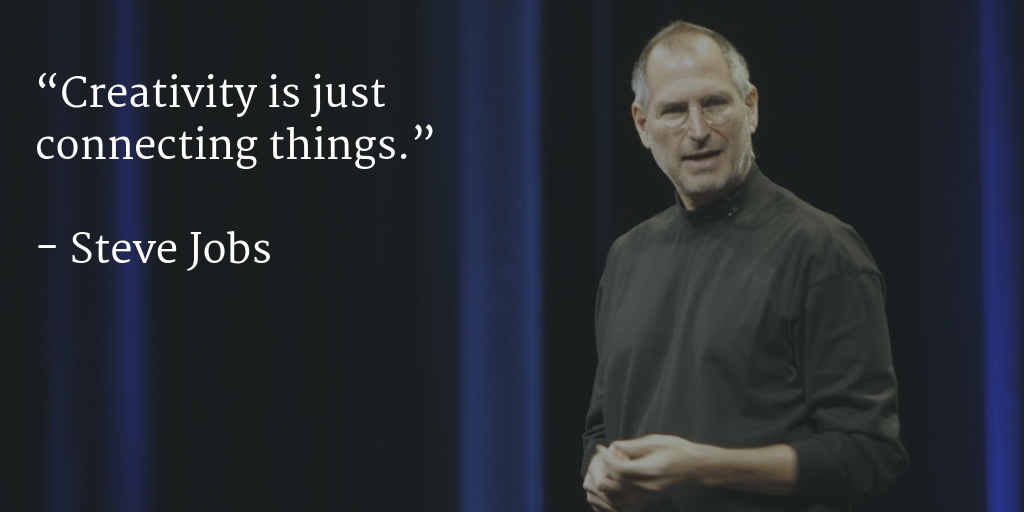I published this post on Medium and I thought you'd appreciate it.
It teaches you new techniques for finding your next big idea, including one that was used by Steve Jobs.
Hope you enjoy it and I would love to hear any feedback that you have!
https://medium.com/@nathan.rimmer/6-ways-to-find-the-spark-5f944d377e47
It teaches you new techniques for finding your next big idea, including one that was used by Steve Jobs.
Hope you enjoy it and I would love to hear any feedback that you have!
https://medium.com/@nathan.rimmer/6-ways-to-find-the-spark-5f944d377e47
Dislike ads? Remove them and support the forum:
Subscribe to Fastlane Insiders.


